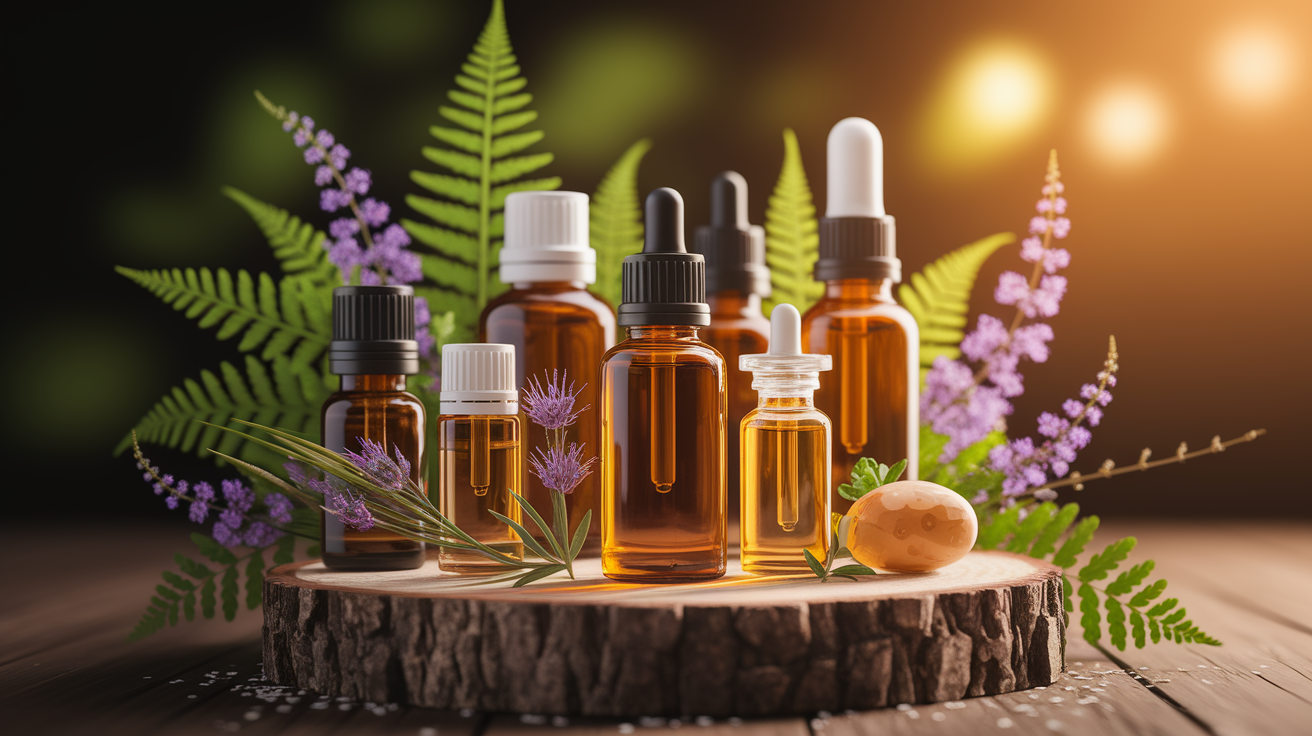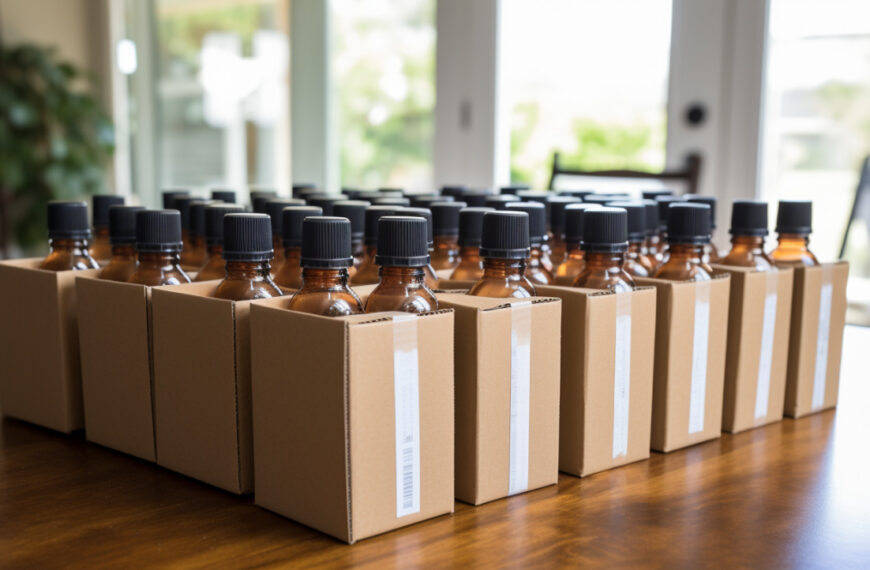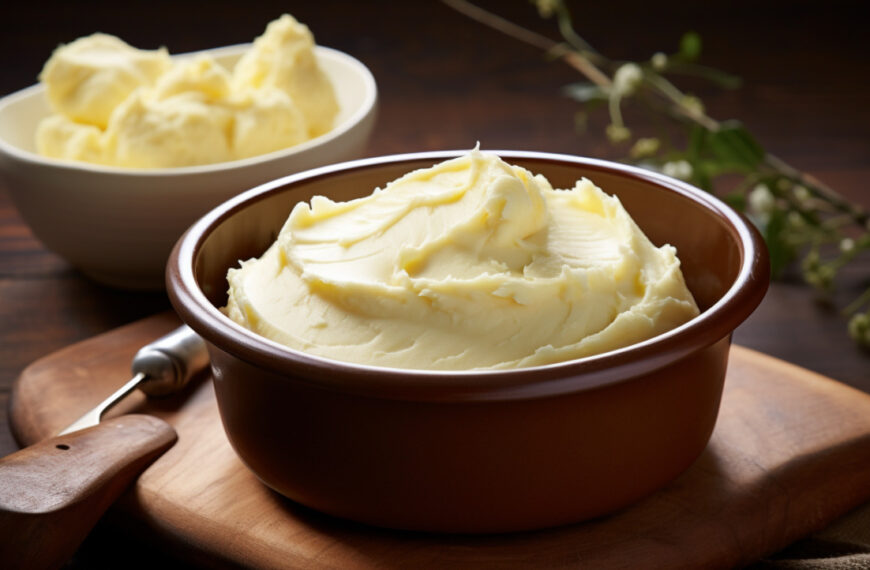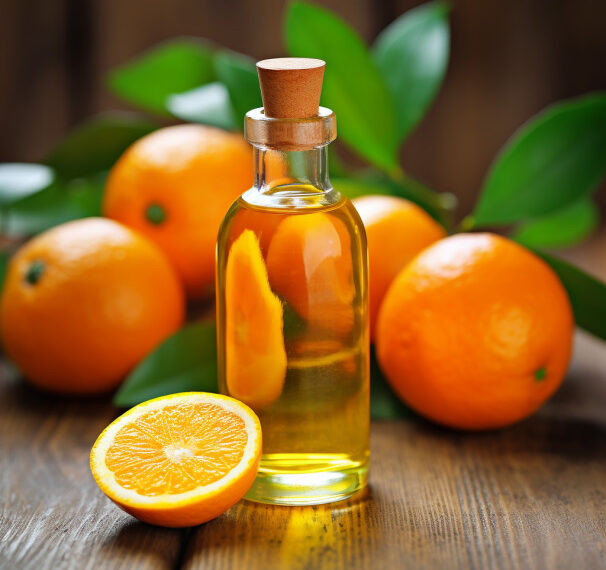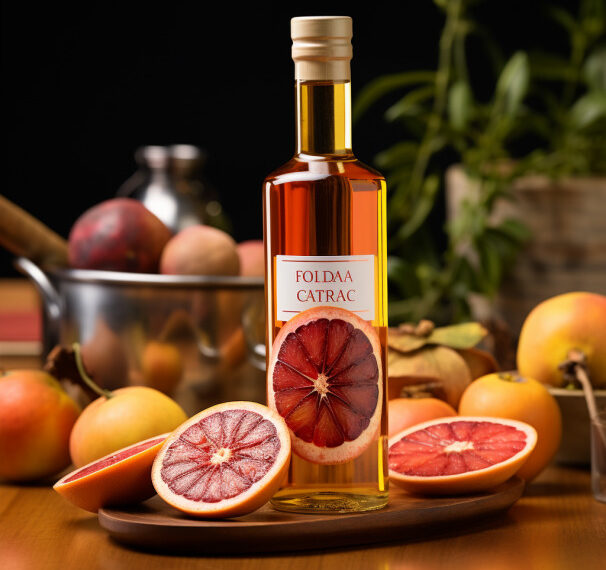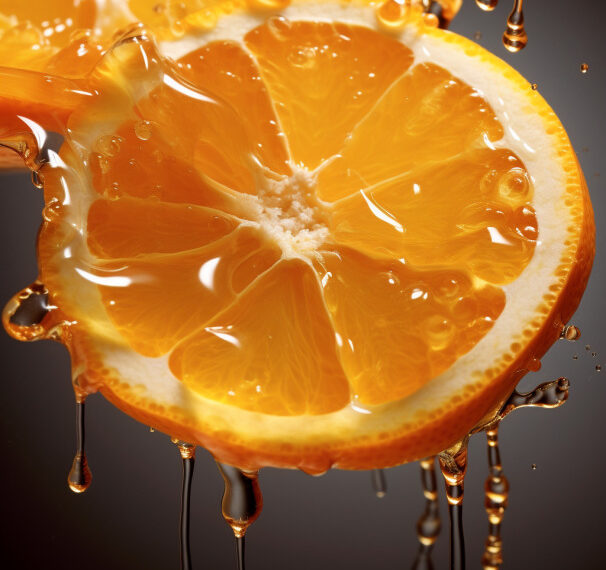Under the Weather, Over the Chemistry
It’s a strange thing to watch a plant’s aroma shift, like a song you’ve heard a hundred times suddenly hitting a different note. Essential oils aren’t just “one smell fits all”—their chemotypes, or distinct chemical profiles, are shaped by the environment they grow in. You’ve got your terpenes, phenolic compounds, and other volatile organic compounds that dance together in specific proportions. Change the rhythm—temperature, rainfall, sunlight—and the dance changes entirely. Climate change is like the band’s mood swinging mid-performance, and the whole composition follows suit.

Sometimes these shifts are subtle, like the peppermint that suddenly leans more menthone-heavy than linalool-rich. Other times it’s dramatic—new chemotypes emerge where they never existed before. Plants respond to environmental stress by tinkering with their secondary metabolite production, which can mean aromas morphing, therapeutic qualities shifting, and the very identity of the oil feeling… different. It’s both fascinating and a little unsettling.
Temperature’s Tight Grip on Chemotype Dynamics
Now, heat—oh, that’s the real conductor here. When temperatures climb, plants can up their oil yield but might reshuffle the chemical deck. High heat influences trichome structure, those tiny oil factories on leaves and flowers, and nudges biosynthesis pathways in new directions. Some compounds swell in proportion, others fade like old memories. It’s a survival move, fine-tuning plant defense mechanisms as they adjust to stress.
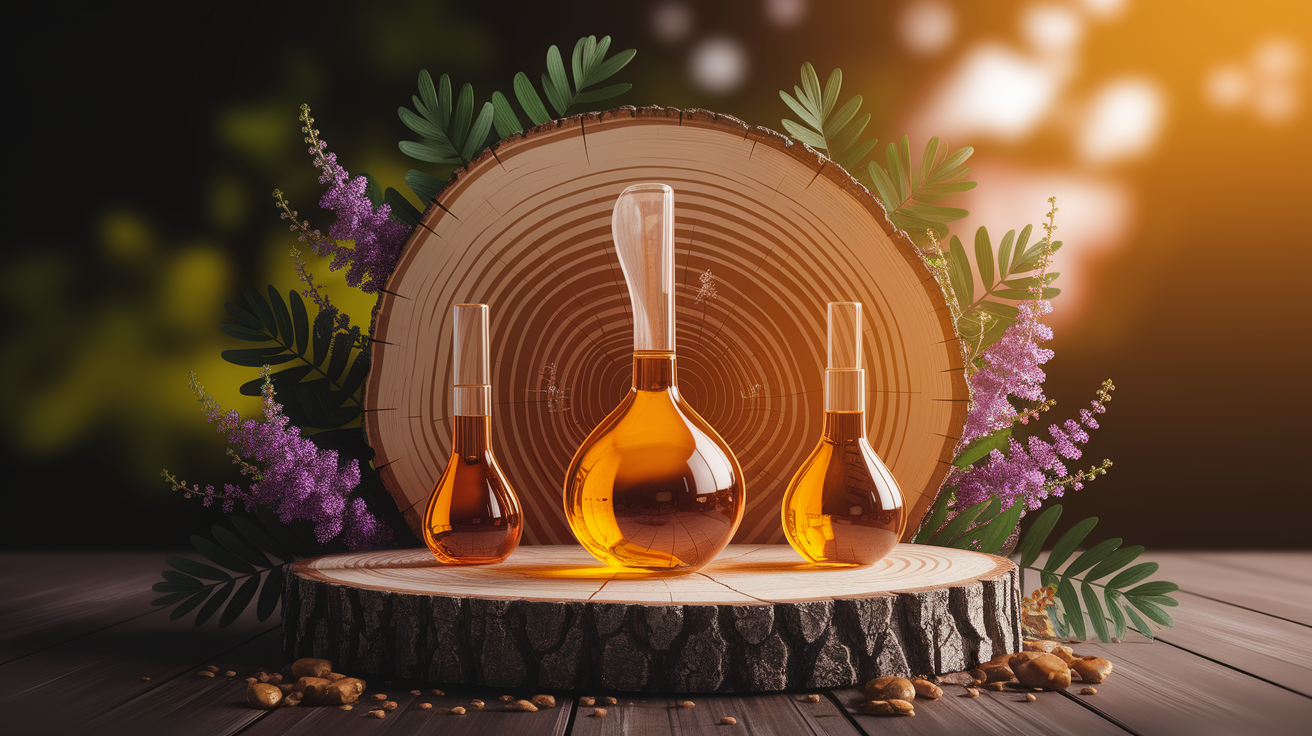
I’ve seen oils from the same species smell worlds apart because they were harvested during different heatwaves. You might get stronger herbal notes, sharper citrus edges, or an unexpected peppery kick. For Lippia javanica, for example, elevated temperatures meant more oil overall—but the therapeutic profile wasn’t quite the same. It feels like the plant is telling you, “Sure, I’m still me… but I’ve got a different story to tell today.”
Altitude, Soil, and Microclimate: The Supporting Cast
Temperature steals the spotlight, but the supporting cast is just as important. Altitude, soil type, and microclimate each bring their own flavors to the chemotype stage. A lavender growing at high elevation under dry air might produce shorter chains of certain terpenes compared to one basking by the sea. Soil minerals act like secret seasoning; change that recipe and the oil changes too.

Even within a tiny geographic region, microclimates can create fascinating chemical fingerprints. A hillside sheltered from wind can harbor plants whose volatile compounds smell richer or sweeter. These environmental factors layer on complex influences that make the chemotype story even more unpredictable. It’s all part of the plant’s adaptation—a constant, invisible negotiation with its surroundings.
Consequences for Industry and Conservation
Here’s where the real-world ripple hits. Industries built on a specific essential oil profile—say, a eucalyptus that’s perfect for respiratory blends—may find their supply subtly shifting under climate change’s hand. Research projections warn that chemotype redistribution could move favored profiles across map boundaries, changing where they can be cultivated and how they perform in products.
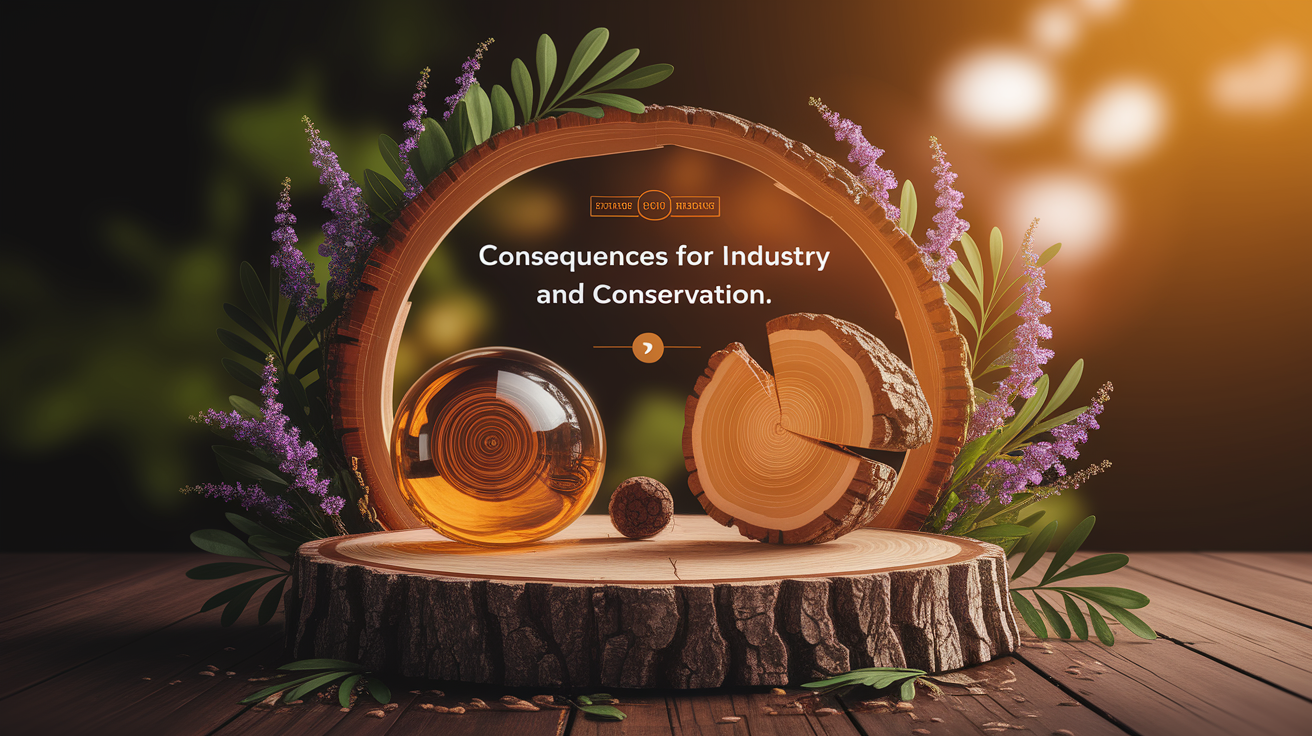
Quality control becomes tricky when oils don’t “match” previous batches. Therapeutic applications relying on certain terpenoid levels might lose consistency. For conservationists, it’s a double challenge: preserving botanical diversity and maintaining wild populations while these shifting chemotypes re-map plant identities. The plants themselves seem to be whispering, “Adapt with me, or get left behind.”
Rainbows After the Storm: Adapting to Shifting Chemotypes
It’s not all foreboding. Shifts in chemotypes can open doors to new aromatic experiences and therapeutic possibilities. Farmers and distillers who track local climate data and plant chemical composition can pivot—adjusting harvest times, experimenting with cultivation zones, or even selecting strains pre-adapted for certain stresses. There’s a craft to nurturing oils that reflect changing skies without losing their cherished qualities.

In some cases, global warming’s subtle rearrangements reveal rarer scent profiles, richer complexity, or compounds in concentrations rarely seen before. Thoughtful adaptation strategies—like targeted irrigation to counter drought stress or companion planting to buffer temperature swings—can harness the shifts instead of fighting them. The story of essential oils under climate change isn’t just about loss; it’s also about finding colorful new notes in a familiar song.


